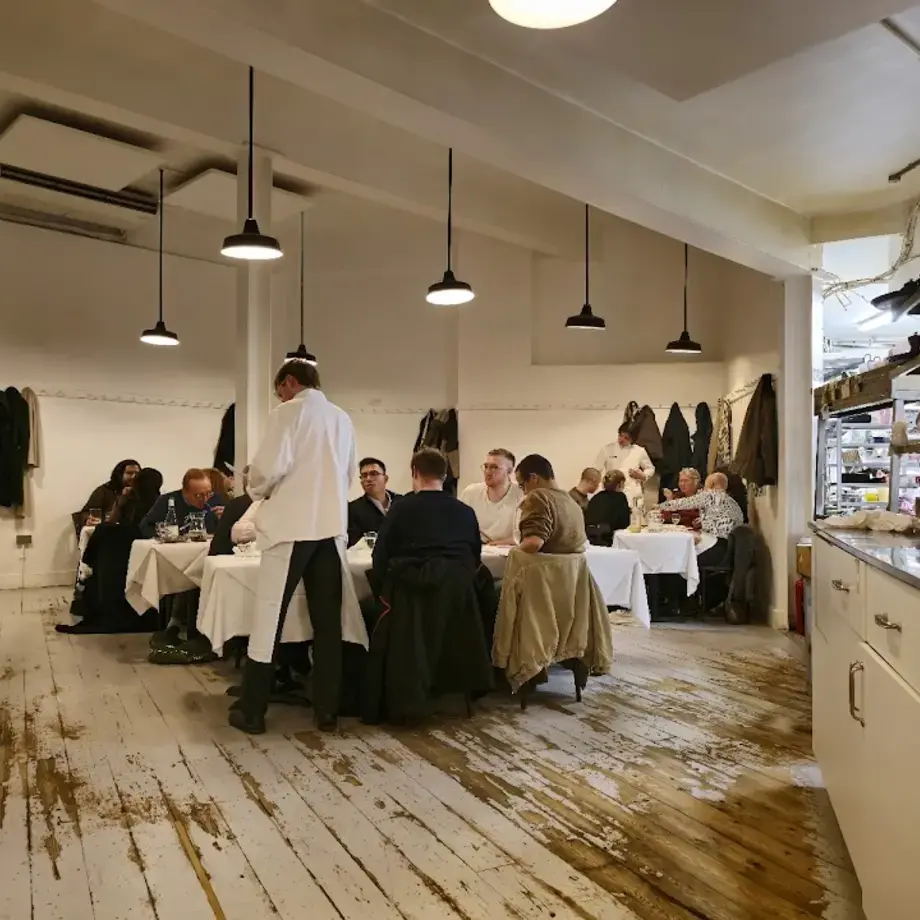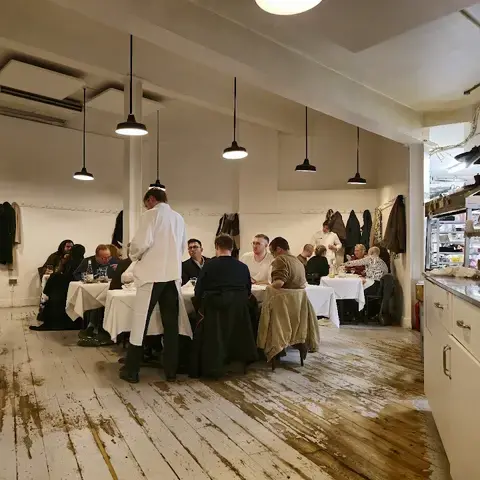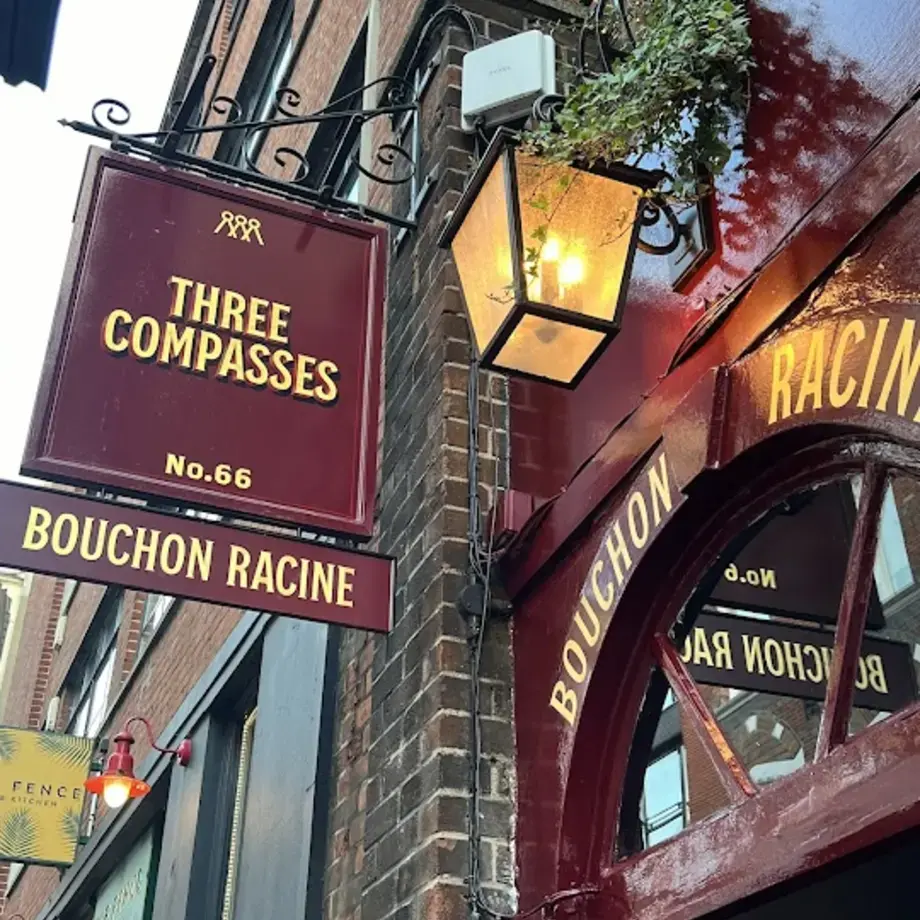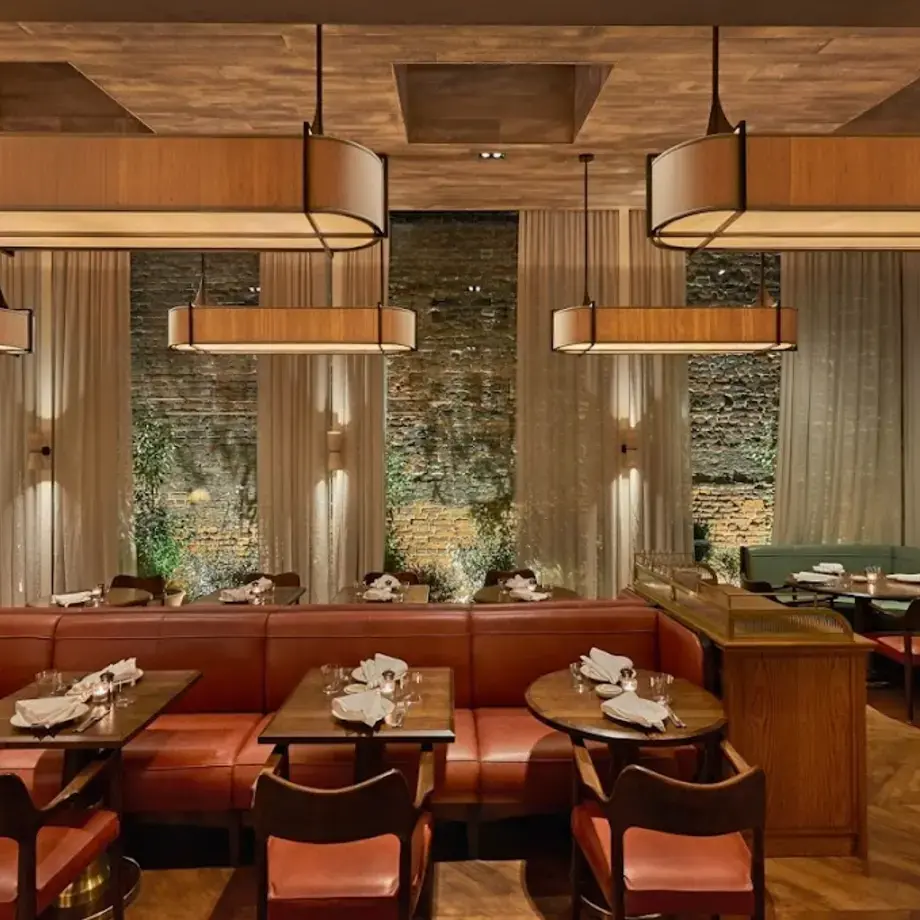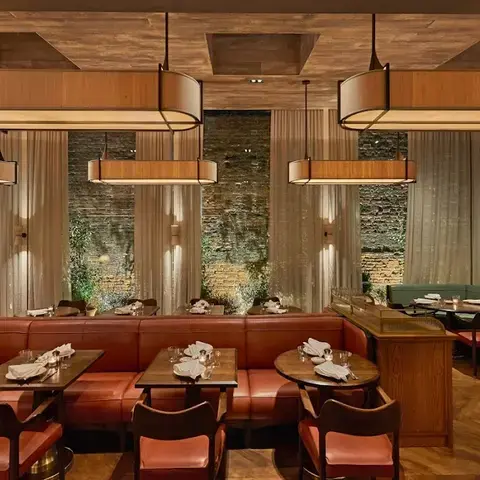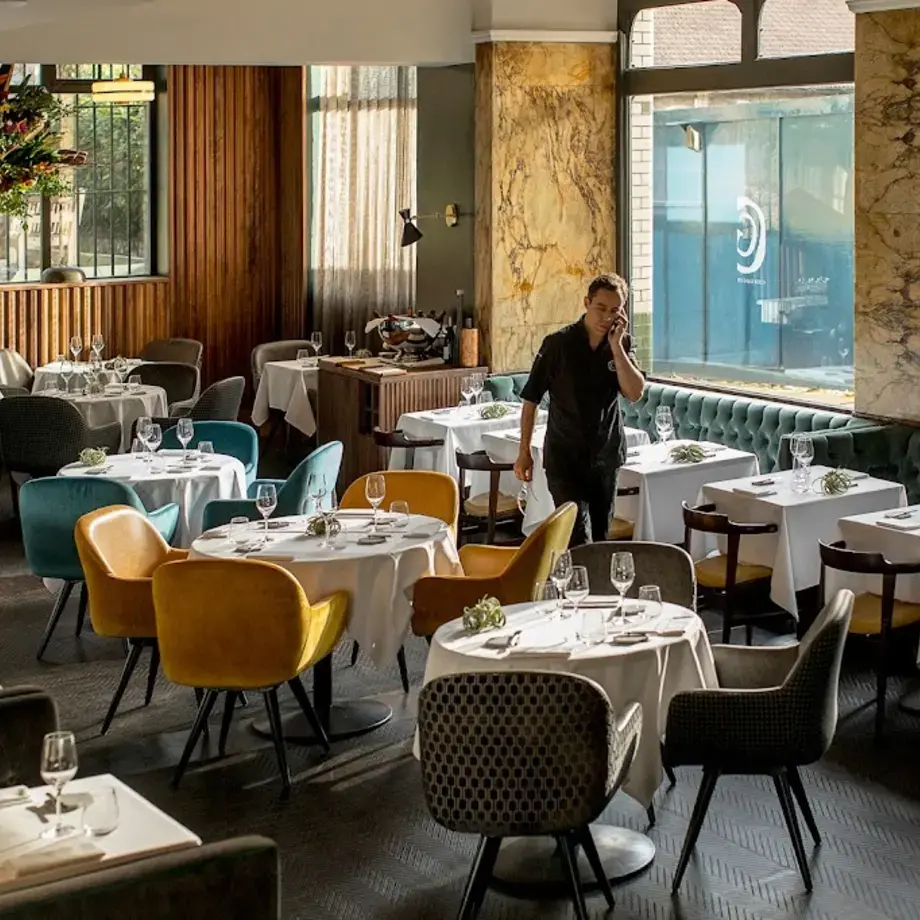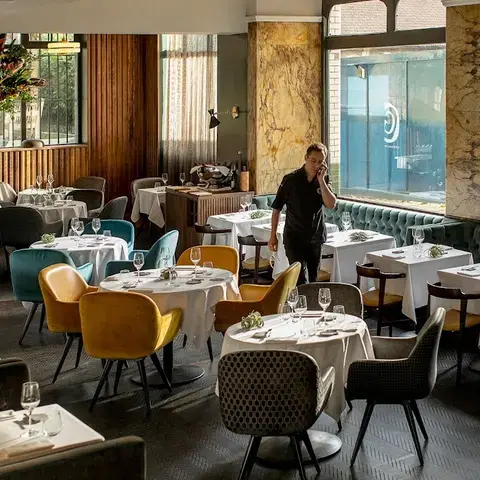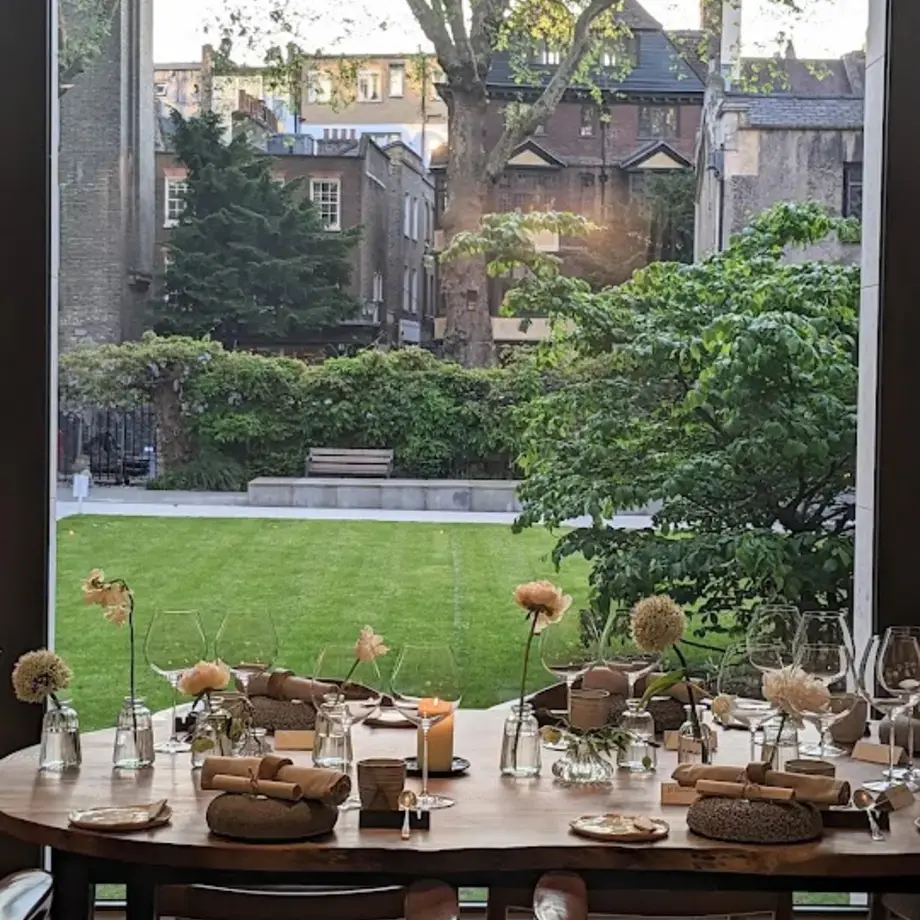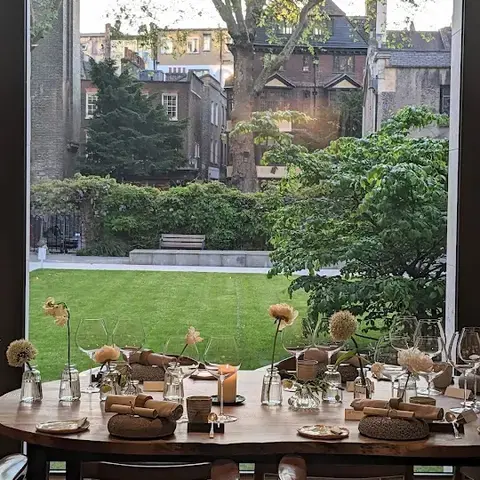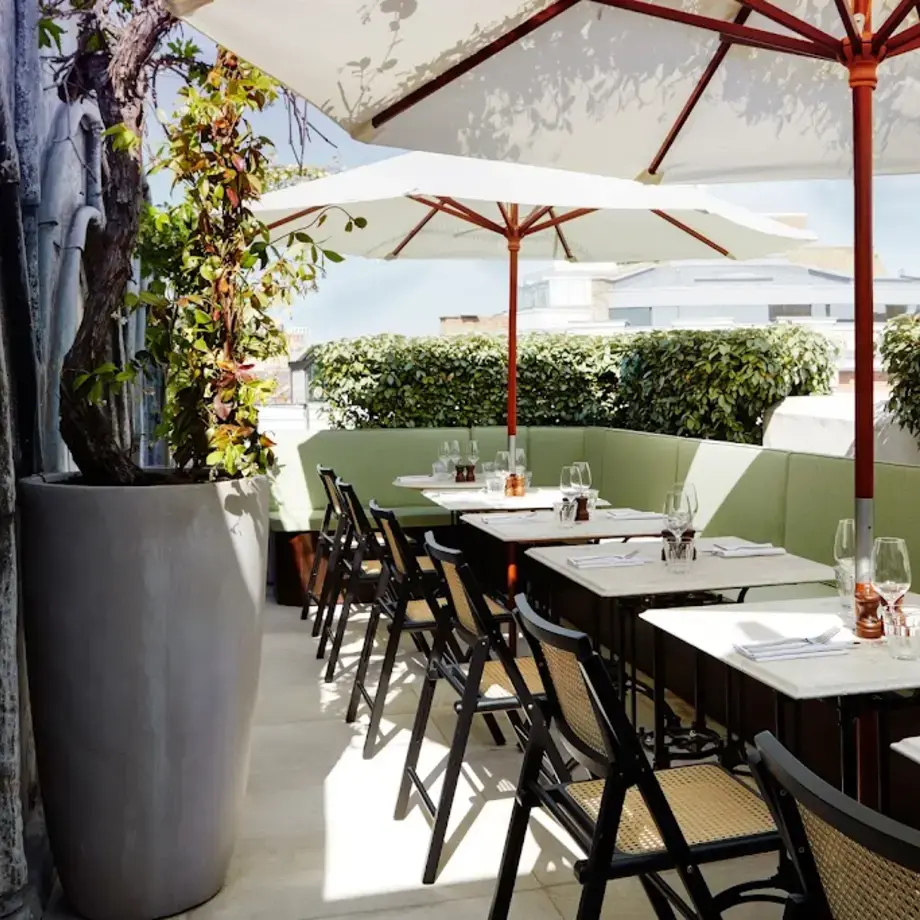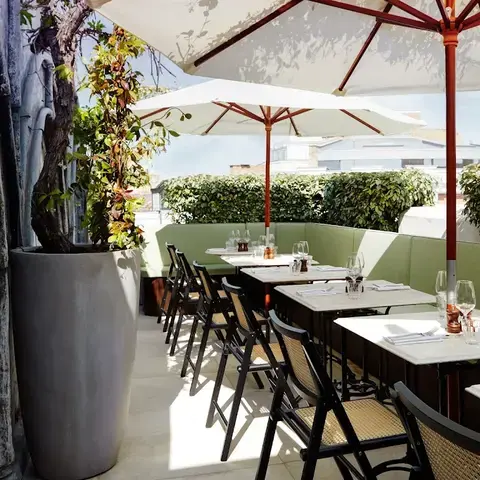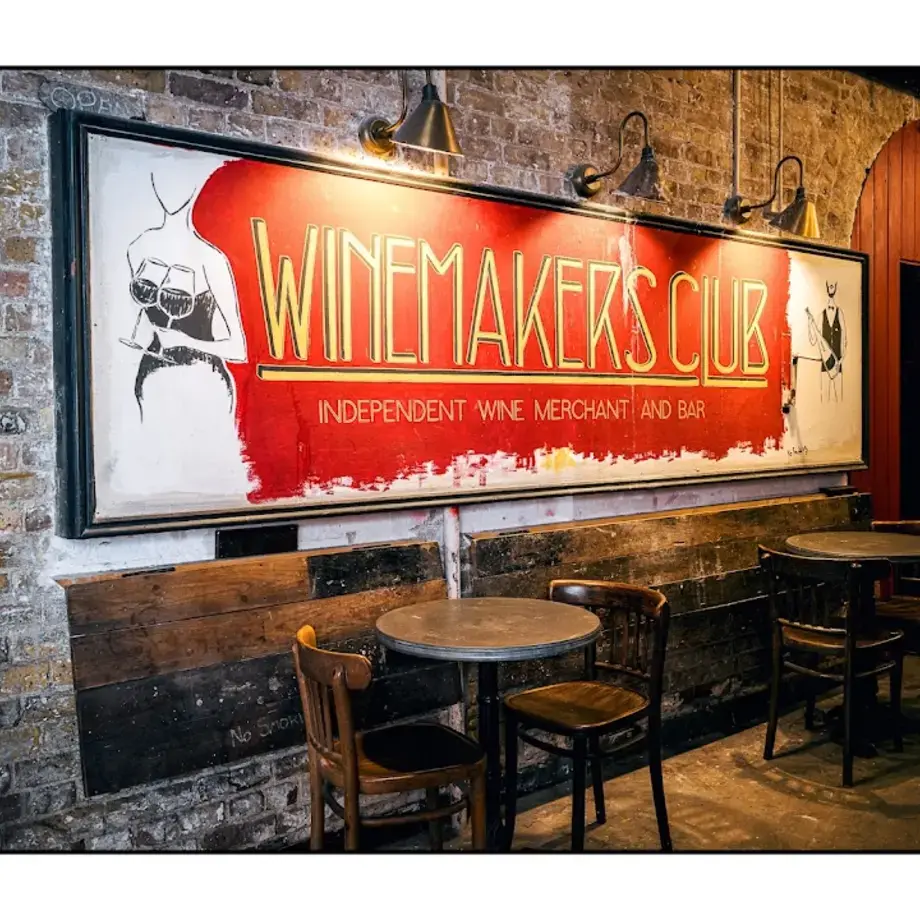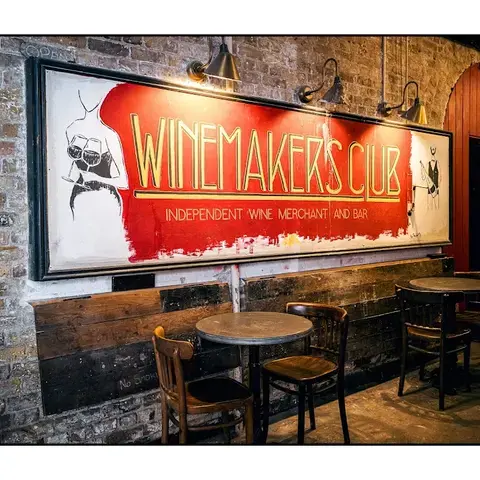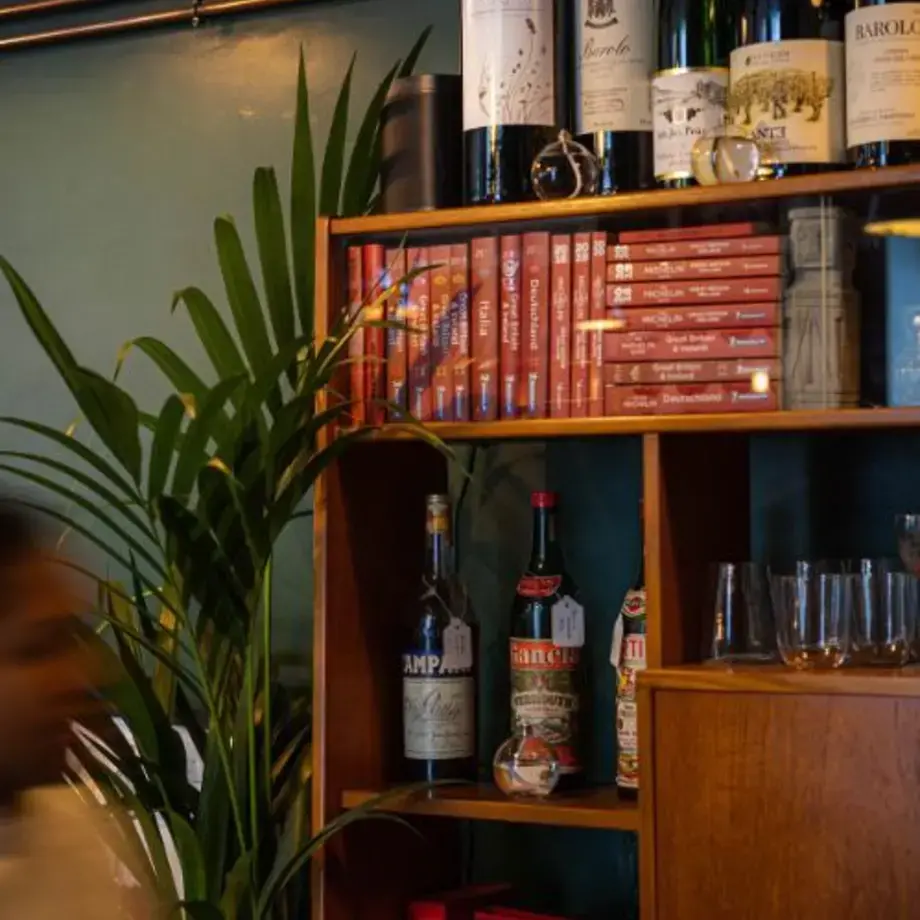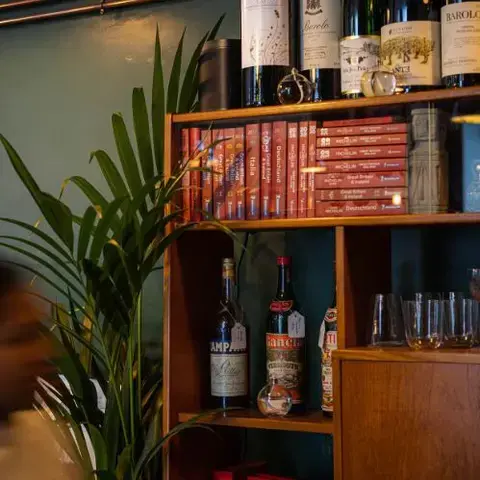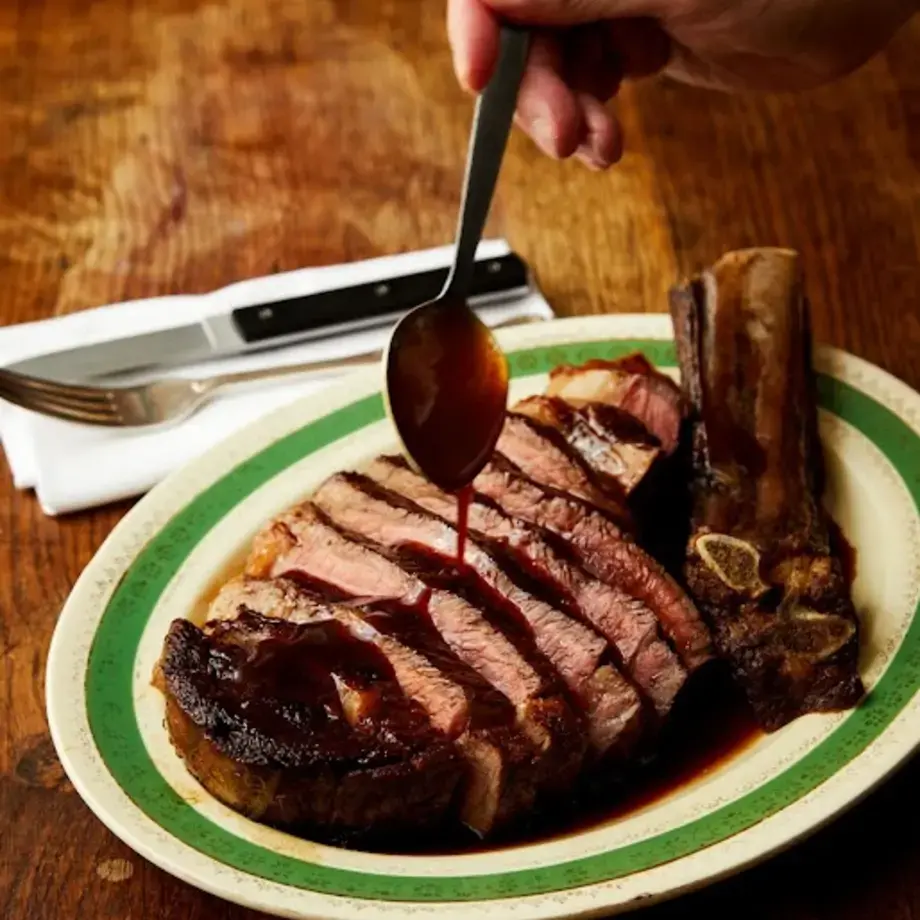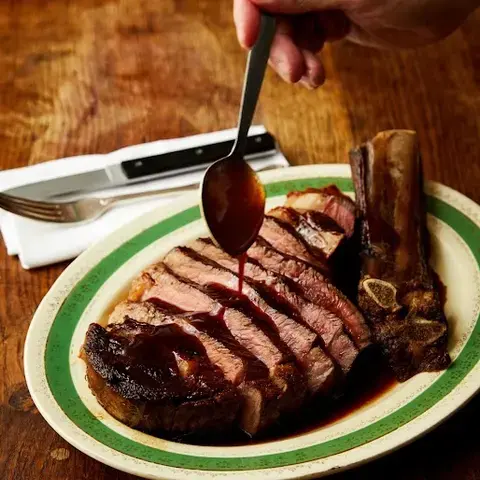Whitewashed walls, exposed beams, and the gentle hum of quiet conversation: St. John’s dining room communicates an understated confidence. Here, restraint feels intentional—a canvas for Fergus Henderson’s purist vision of British gastronomy. The room itself is unadorned, inviting focus toward what appears on the plate, rather than distraction by design flourishes. This stark simplicity, echoed in the traditional white tablecloths, seamlessly aligns with a culinary approach that resists embellishment for its own sake.
At the heart of St. John's enduring reputation is its unwavering commitment to the ‘nose to tail’ philosophy. Henderson’s kitchen champions the full length of the ingredient, transforming the entirety of beast or vegetable with a careful touch and a deeply rooted respect for provenance. The result is a menu that gently challenges expectations, offering marrow bones roasted to a trembling richness, or perhaps treacle tart with clotted cream—each dish a measured tribute to both ingredient and season.
Seasonality forms the backbone of St. John’s evolving offerings. Menus are responsive, shifting as local British produce comes into its prime. This attention to what the land yields is no mere perfunctory nod; instead, it shapes every plate, foregrounding earthy beetroots, the delicate tang of watercress, or the plush heartiness of well-sourced meats. The flavors remain direct and unapologetic—a roasted pigeon arrives blushing and tender, paired with gamey depth and nothing superfluous on the side. Precision in texture and structure is paramount but never theatrical; even a simple salad feels constructed with the same conviction as more robust fare.
It’s in this subtle interplay—between robust and delicate, familiar and surprising—that St. John’s identity has crystallized. A Michelin star, hard-earned, signals the esteem in which the restaurant is held. Yet, the absence of pretension, both on the plate and in the room, speaks more profoundly of Henderson’s vision. St. John does not chase novelty; it draws the guest into a conversation with tradition, craft, and a measured modernity. In this quiet clarity, the restaurant continues to shape and define the parameters of British cuisine in a lasting way.
